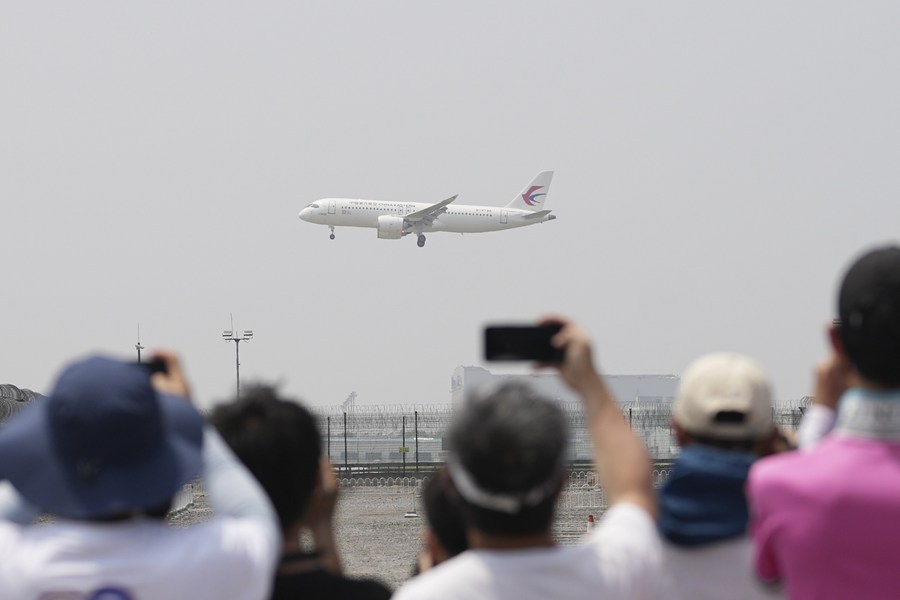
The European Union Aviation Safety Agency (EASA) recently announced that the C919 will not obtain EU airworthiness certification in the short term, estimating the process will take at least 3 to 6 years. This development poses a setback for COMAC (Commercial Aircraft Corporation of China) and its plans to challenge the dominance of Boeing and Airbus in global aviation.
In an interview with French media outlet L'Usine Nouvelle, EASA Executive Director Florian Guillermet stated, "As we informed them officially, the C919 cannot be certified in 2025 ... We should be certifying the C919 within three to six years."
The report also noted that COMAC has been targeting Southeast Asian markets and viewed the EU as a key entry point into Western markets, especially amid ongoing US-China tensions that have hindered Boeing orders from China.
Guillermet revealed that EASA began collaborating with COMAC four years ago, assisting with design evaluations, component verification, and flight-testing stages. He acknowledged China's significant investment in resources, commitments, and technical capabilities, stating, "I believe they will succeed one day."
Nevertheless, concerns remain about the prolonged timeline. Eric Lin, Head of Research for Greater China at UBS, noted that while a 3-year wait in Europe is reasonable, a 6-year timeline is unusually long, especially when low-cost carriers like Ryanair have shown interest in the C919. Aviation analyst Li Hanming added that regulatory caution toward aircraft not widely adopted internationally is standard, emphasizing that "the reliability and safety of the C919 must be proven through extensive real-world operations."
Currently, the C919 has only received airworthiness certification within China, limiting its operations to the Chinese mainland and Hong Kong. It has yet to secure approval from either the US Federal Aviation Administration (FAA) or EASA. These certifications, while officially limited to their respective regions, are widely regarded as global benchmarks. Without them, the C919 faces challenges entering most international aviation markets.
Nevertheless, there are exceptions. For instance, Indonesia previously granted independent approval for Chinese aircraft, such as the MA60 and C909 models, to operate before they received US or EU certification. Indonesian airline TransNusa has taken delivery of three C909 aircrafts and has reportedly expressed interest in purchasing the C919. However, reports suggest that the airline still has concerns about the aircraft's maintenance and after-sales support capabilities.
The report further highlights another critical challenge for COMAC: while the C919 is marketed as China's domestically produced aircraft, its core components—including engines, avionics, and wings—are heavily reliant on Western supply chains. With the possibility of an escalation of trade tensions, the C919 could face renewed risks of technological blockades and export restrictions.
Related News:




















Comment